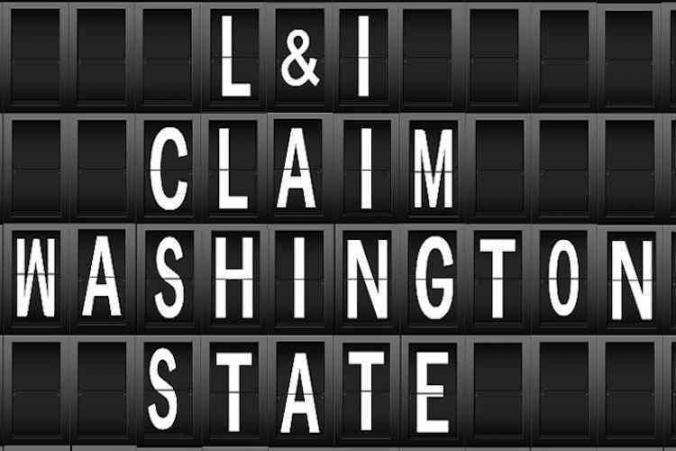Work injury claimants frequently ask me about their L&I claim outcome. Following a work injury, most people with a workers’ compensation claim want to get the best outcome possible. With L&I claims, there are certain benefits available. However, from my perspective, the best outcome is securing the appropriate benefits. Furthermore, the appropriate benefits vary and depend on the facts of each workman’s comp claim. Below is a breakdown of circumstances and possible claim outcome.
Benefits in L&I claims
Generally, the first step in your claim is for the Department of Labor and Industries (L&I) to allow your claim. Then, there are several benefits available once the claim is allowed. Medical treatment is perhaps the most important benefits. On top, there are financial benefits such as time loss compensation, loss of earning power benefits (LEP), and permanent partial disability award. After that, there are vocational benefits, claim pension, and in some cases a comprehensive claim settlement.
What is the best outcome for my L&I claim?
Considering the above benefits, let’s explore several scenarios and possible outcomes. For example, what is the best outcome for an injured worker who makes full recovery and has no permanent loss of function? Most likely, the best outcome is to ensure that L&I pays all treatment costs and the appropriate time loss or loss of earning power benefits while the claim is open.
Now, let’s consider the following case. What’s the best outcome for workers with permanent measurable loss of function that can return to their job of injury? Or to another job for which they already have the necessary skills? Here, the best outcome is probably to ensure that L&I pays all treatment costs, as well as time-loss or LEP. Additionally, when the claim closes, L&I should rate the work injury claimant for permanent partial disability (PPD). The rating should be done by a competent medical professional. Finally, the rating will result in a monetary permanent partial disability payout.
Best L&I claim outcome for workers that need retraining
In the cases we described above, the work injury claimant can return to work without retraining. However, what is the best outcome for someone who has permanent measurable residuals but needs retraining to return to work? Likely, the best outcome is to ensure payment for treatment costs, and proper payments for time-loss and LEP benefits. However, in this case, it’s imperative to ensure that the work injury claimant receives vocational services while the claim is open. In fact, L&I can provide up to two years of vocational retraining under the claim. Then, assuming retraining is successful, L&I should rate the injured worker for PPD at claim closure. In turn, the worker should receive the proper PPD payment.
Best L&I claim outcome for workers that cannot return to work
Next, there are workers’ comp claim cases where the work injury claimant cannot return to work. For these situations, people ask: What’s the best outcome for someone with permanent loss of body function who may or may not be capable of working? Here, as before, we need to ensure that L&I covers treatment, medical costs, and PPD or LEP payouts. Then, ask yourself if you’re 50 years old (or older), and if you may not return to work as a result of your work injury or workplace disease. If the answer is Yes, then you should consider a comprehensive settlement. Usually, this type of workers’ comp claim settlement results in a larger payout than PPD alone.
Finally, what’s the best outcome for a work injury claimant who has such significant permanent loss of function that they will never be capable of working again? First, we need to ensure that treatment costs, time-loss, and LEP are all paid. However, if a person is so disabled that they are permanently incapable of working, they should probably receive a L&I claim pension. An L&I pensions is frequently considered the most significant monetary benefit in L&I claims. It’s roughly equivalent to receiving time loss for the remainder of your life, or as long as the inability to work continues.
Closing remarks
Obviously, there are a variety of potential outcomes in workers’ compensation claims. To determine the best outcome, you must carefully assess the facts and circumstances of your workers’ compensation claim. Every claim is different. The unique scenarios and conditions for each individual claim will dictate its best outcome.


